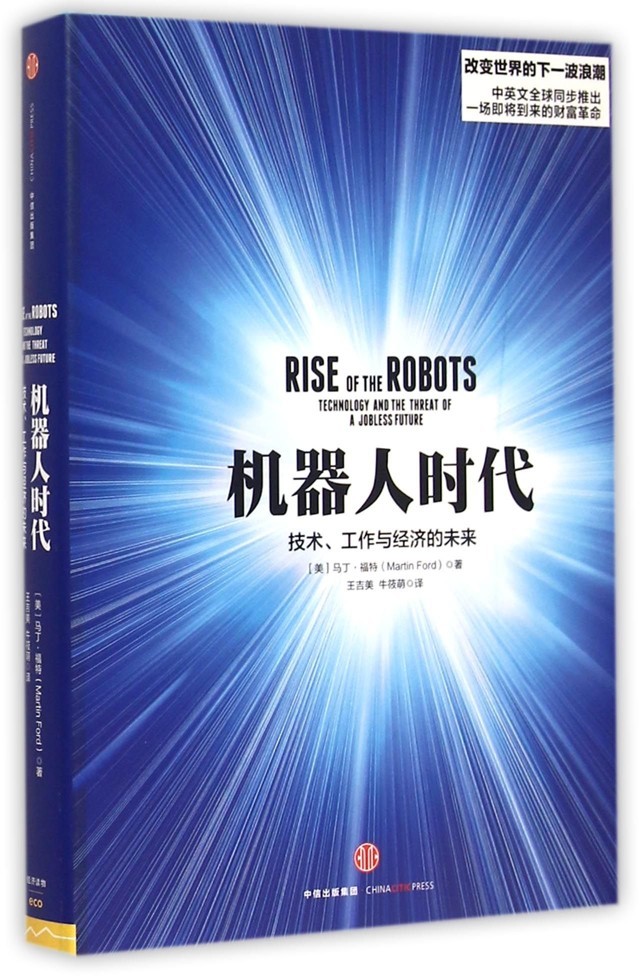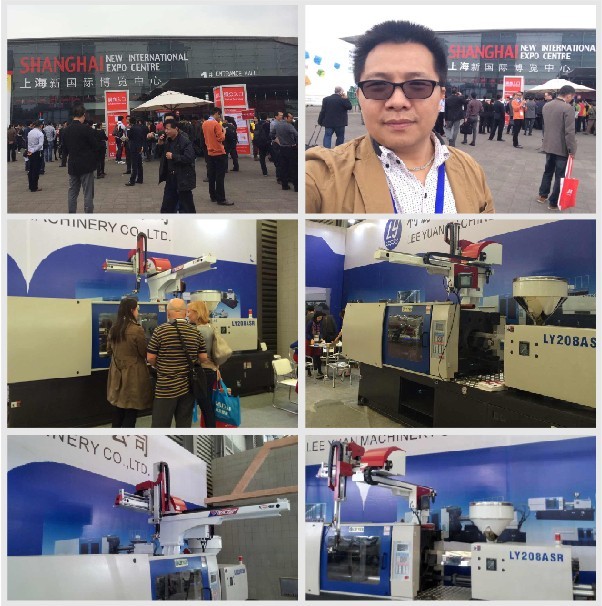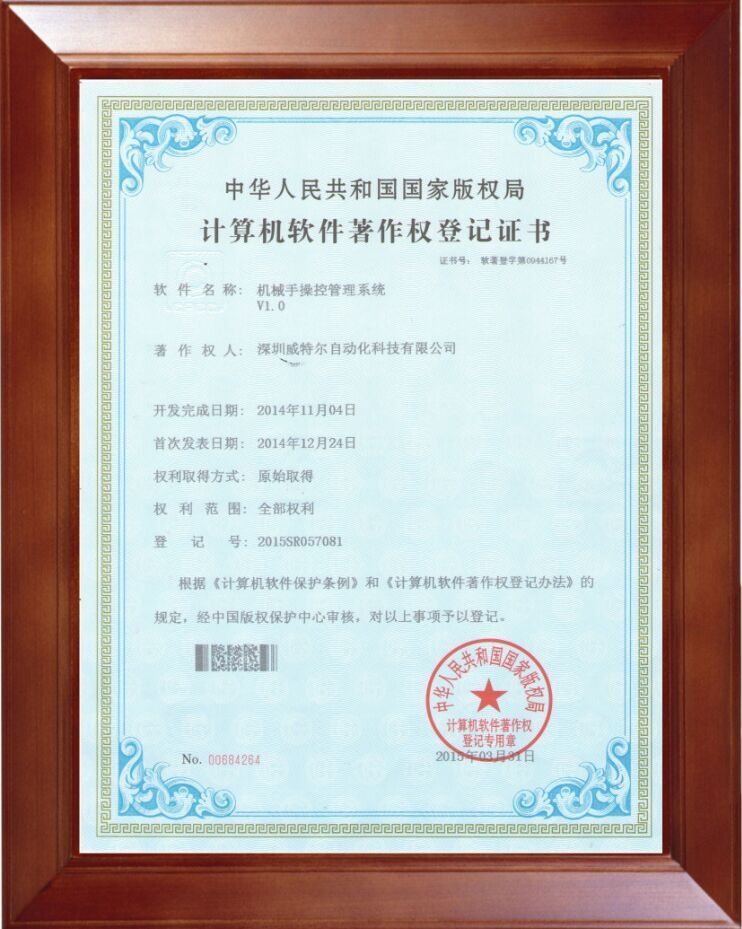

News
全部分类
The field of robotics and artificial intelligence is gaining momentum – are you ready?
Release time:
2019/03/14
The field of robotics and artificial intelligence is gaining momentum and will soon make significant progress. China is at a crossroads, and the rise of robots and artificial intelligence has brought both challenges and opportunities to the country!

The author, Martin Ford, is an expert in robotics revolution, artificial intelligence, and work automation. He is the founder of a software development company in Silicon Valley. He has more than 25 years of experience in computer design and software development. : The Lights in the Tunnel: Automation, Accelerating Technology and the Economy of the Future. In The Age of Robots, Martin Ford elaborated on what machine intelligence and robots can do, and urged employers, academics, and policy makers to face the problems.
“In the past, solutions to technical interference, especially the strengthening of training and education, did not work. We must decide now whether we will see a comprehensive economic boom or a disastrous economic inequality and instability in the future.” The preface to the Chinese version of "Robot Age" was reprinted by CITIC Publishing House. 】 (Martin Ford, "Robot Age", CITIC Publishing House, June 2015) This book originated in the mid-1990s. At the time, I set up a small company in Silicon Valley to develop technical software for Microsoft. At that time, software companies still needed a lot of labor. The software is engraved on the CD and the CD-ROM drive must be produced to run the software. Almost all commercial software products come with paper instructions, so someone must print and staple. These physical products are also packaged and shipped to customers. All of this means that there are plenty of jobs for people with a variety of skills and educational backgrounds.
By 2008, when I began to seriously think about and write about the impact of technological advances on the job market and the economy, my software business has undergone tremendous changes. Software ordering and customer delivery are done electronically on the Internet. Software is also less and less "delivered" at all, but is hosted in the "cloud" (or huge computing center), accepting remote access from customers. This means that all the work that once produced optical drives and paper manuals, then packaged them and shipped them to customers quickly disappeared. The same changes have taken place in other industries, including music, newspapers and movie rental services, which are susceptible to digital influence and can be delivered over the Internet. At the same time, it is clear that the field of robotics and artificial intelligence is gaining momentum and will soon make significant progress.
"Robot Age" draws on what I have learned from these discussions, and includes many recent examples of how robotics and artificial intelligence have affected the job market in a wide range of industries and professions, including manufacturing, healthcare, Education and various employment opportunities in the service industry. In the five years since I published my first book, the threat posed by technology to various professions has become more apparent and has been more widely discussed.
In 2009, almost no one talked about this issue, and even mentioned it had to risk being called the "Luds". Now, media in the US and Europe are full of reports on how robots can steal half of their jobs in the next few decades. When the shadow of technological unemployment has become a hot topic in the West, it seems that few people know that the robot revolution is likely to have even more dramatic effects on China. This is because when the influence of robots and artificial intelligence comes, China is still in the process of transitioning to rich countries. The United States has the ability to build a strong middle class by relying on factory employment when technology is far from advanced, and China has to face this problem in the robot era.
In the United States, the vast majority of people work in the service industry, and in China, manufacturing is certainly a more important source of employment. However, factories are rapidly becoming more automated. Automation technology has had a huge impact on the employment of Chinese factories: from 1995 to 2002, the number of jobs offered by factories was reduced by about 16 million, which is equivalent to 15% of the total employment opportunities offered by Chinese manufacturing. There is also ample evidence that this trend will accelerate. In February 2015, Foxconn President Guo Taiming said that the company's goal is to automate about 70% of its factory work within three years. A year ago, Guo Taiming had revealed that Foxconn had a fully mechanized factory that produced products for a “very well-known company” in Chengdu.
In other words, the reduction in employment opportunities provided by factories and infrastructure means that China will have to make the same changes that Western countries have already made: China needs to become more of a consumer economy and hire more in the service industry. Many people. However, this book will clearly show that the work of many service industries is also susceptible to automation, and it is not just the work of blue-collar workers who have no education.
In the United States, job opportunities in some skill industries, such as law, news, and even computer programming, have been threatened by smart software. All of this means that China is at a crossroads, and the rise of robots and artificial intelligence has brought both challenges and opportunities to the country. Even if China successfully responds to key challenges such as population ageing and the negative impact of economic growth on the environment, it needs to adapt to the rapid development of technology. Many analysts expect that China will soon become the world's largest economy, so its ability to successfully address these challenges will have a dramatic impact on the world.
Related news
2019-03-14
2019-03-14





![[Pu Daxi Ben] - Weitel Robot Project won 600,000 yuan from Shenzhen Science and Technology Commission [Pu Daxi Ben] - Weitel Robot Project won 600,000 yuan from Shenzhen Science and Technology Commission](https://omo-oss-image.thefastimg.com/portal-saas/new2023041417545479371/cms/image/4f67a616-22b8-4e42-80fb-0188250e15d4.png)



